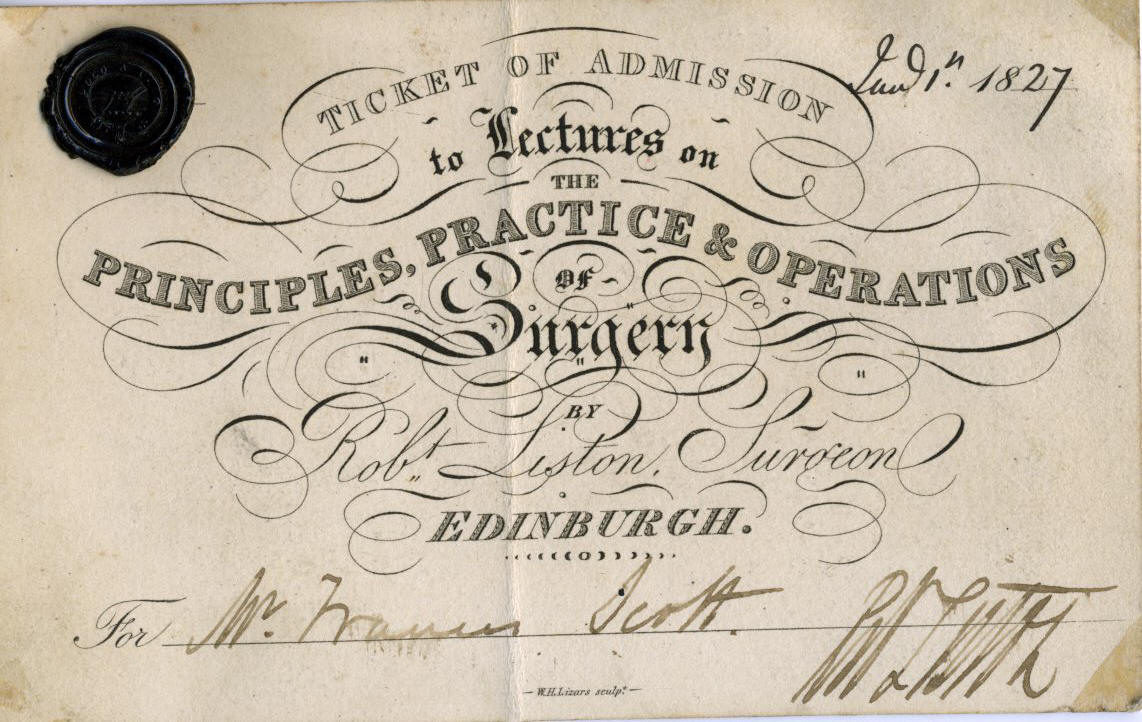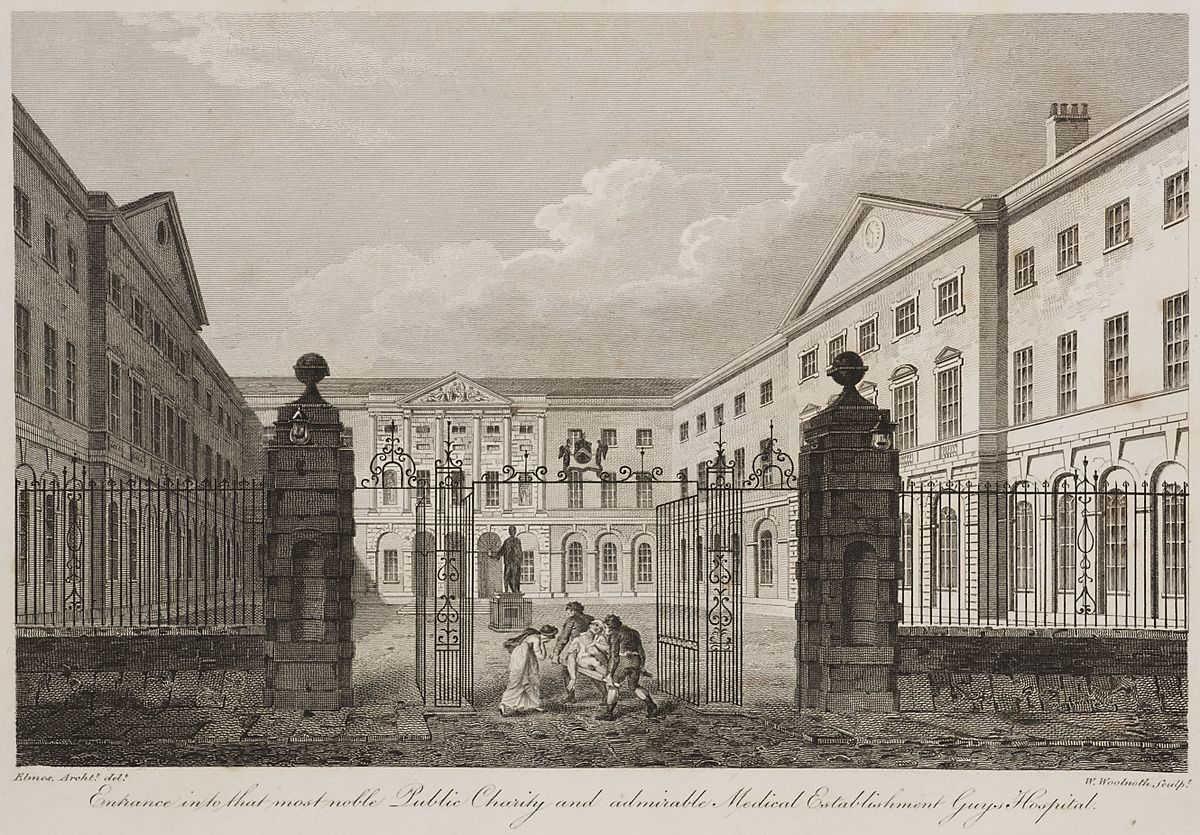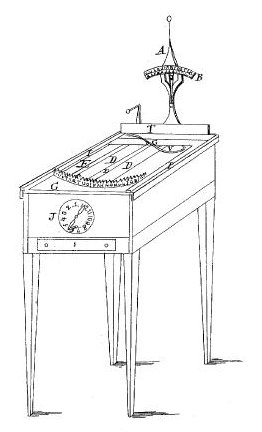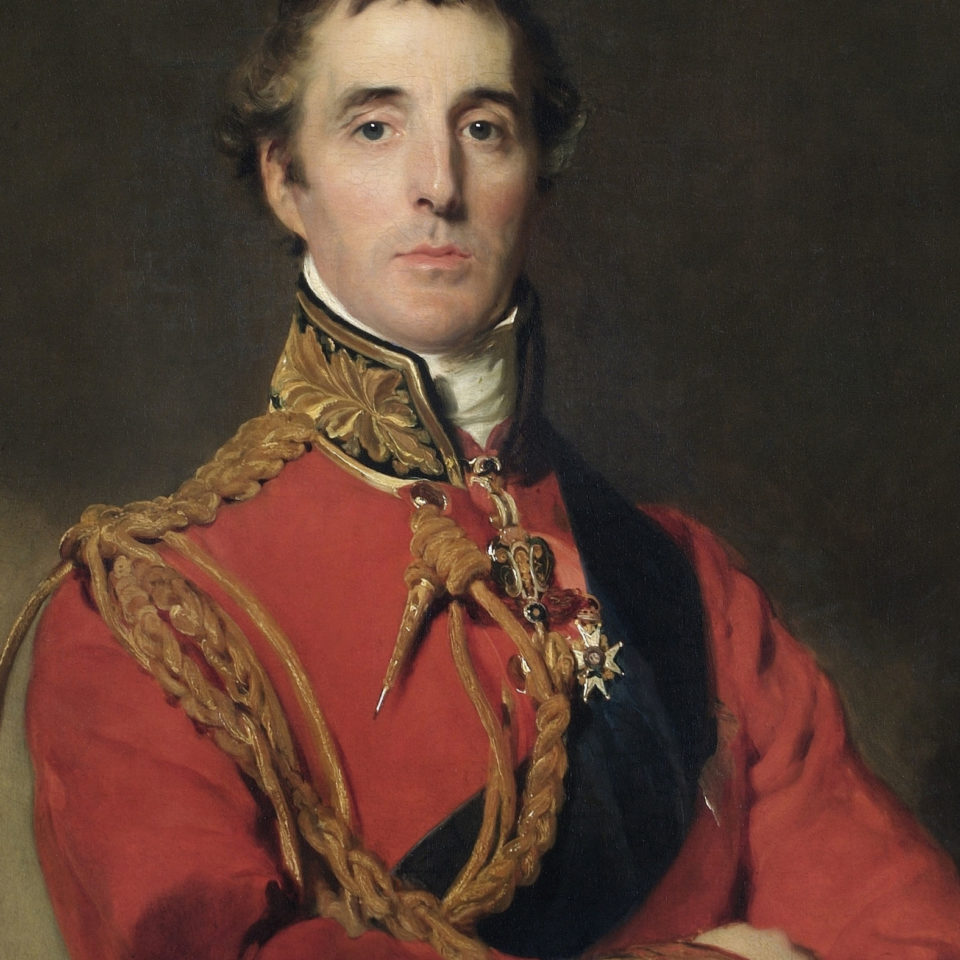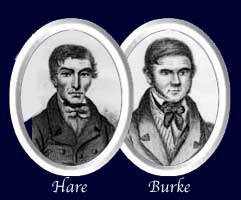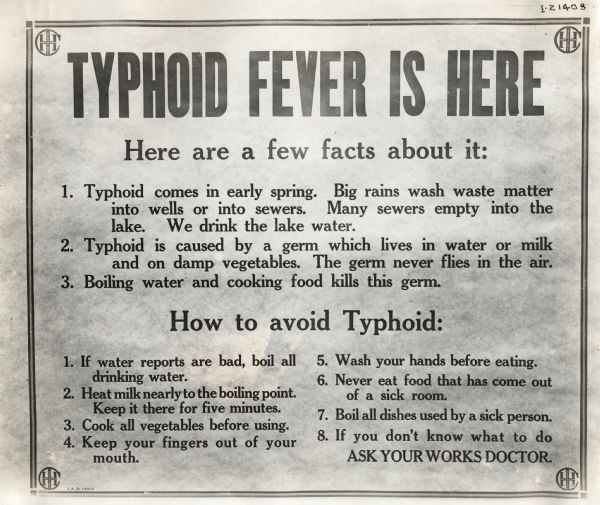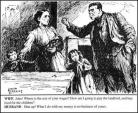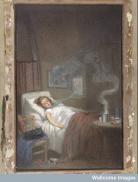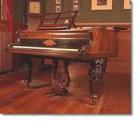Founding of The University of Oxford
circa. 1096 to circa. 1167
Acording to The Universty of Oxfords website it states "the oldest university in the English-speaking world, Oxford is a unique and historic institution. There is no clear date of foundation, but teaching existed at Oxford in some form in 1096 and developed rapidly from 1167, when Henry II banned English students from attending the University of Paris." (Univerity of Oxford). Oxford is one of the most prestigious learning institutions to ever be founded in the history of the world with only the most scholard of the scholars would attend. University of Oxford was formed in an unusual way and unintended way. There was many arguments and riots held between the towns people and the student way back during the 13th century and The University of Oxfords website describes that the arguments " hastened the establishment of primitive halls of residence. These were succeeded by the first of Oxford's colleges, which began as medieval 'halls of residence' or endowed houses under the supervision of a Master. University, Balliol and Merton Colleges, which were established between 1249 and 1264, are the oldest."(University of Oxford).
This relates to Mary Anne Evans AKA "George Elliot" because at the time of her righting and her reasonings on having to use an alias like a mans name so that she could be successful back in her time is so shameful because thats how things were back then. Just because she was a women men back then wouldnt have accepted her work for the greatness it is just because she was a women. It shows in her work how fed up she was with it especially in middle march you can see in the charectors how shes expressing how she feels through Dortheia living in a world where women didnt get the respect they deserved and it showed the ignorance of men back then. The reason I used The University of Oxford for my timeline is to show how great her work is and how its being taught in the most prestigious learning institutions ever to exist. It shows how great she was and it proves all the men back then wrong.
'
Associated Places
No places have been associated with this eventby Jacob Hall



